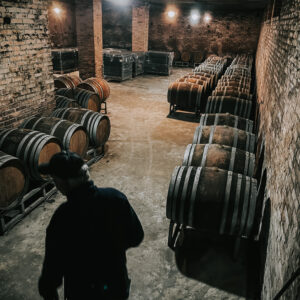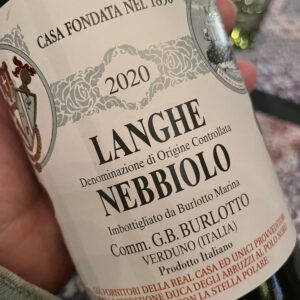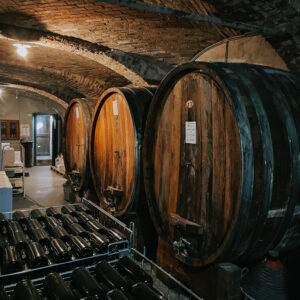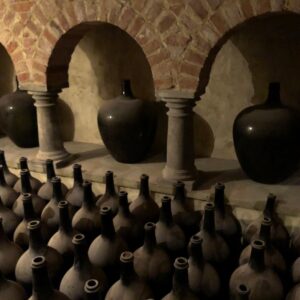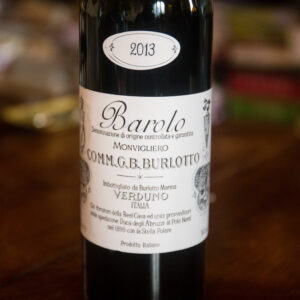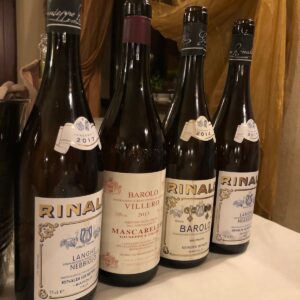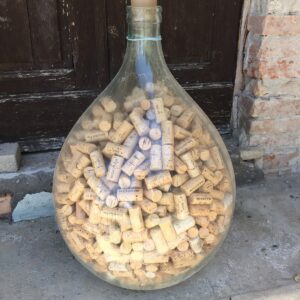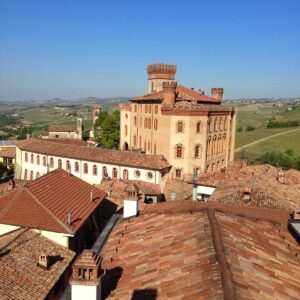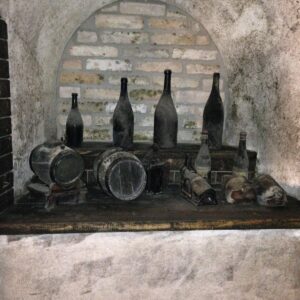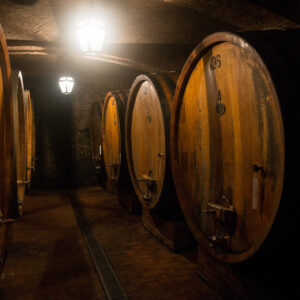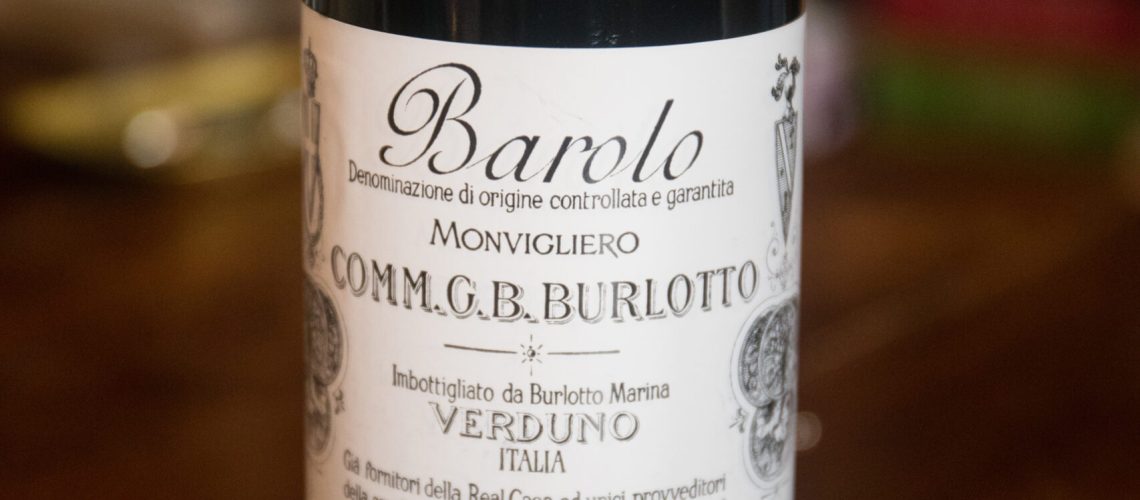Short history:
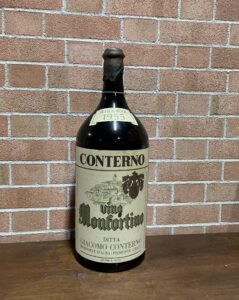 Barolo, the revered “King of Wines,” has a rich history dating back centuries in the Langhe region of Piedmont, Italy. Its story begins with the Nebbiolo grape, the noble variety that forms the foundation of this prestigious red wine.
Barolo, the revered “King of Wines,” has a rich history dating back centuries in the Langhe region of Piedmont, Italy. Its story begins with the Nebbiolo grape, the noble variety that forms the foundation of this prestigious red wine.
In the early 19th century, a visionary winemaker named Marchese Carlo Tancredi Falletti recognized the potential of the Nebbiolo grape and the unique terroir of the Barolo area. Falletti sought to elevate the local wines to new heights of quality and distinction.
Falletti’s efforts were complemented by the work of French oenologist Louis Oudart, who introduced modern winemaking techniques to the region. Oudart’s influence, combined with the favorable characteristics of the Nebbiolo grape grown in the Barolo vineyards, brought about a transformation in winemaking practices.
The first steps towards standardizing the production of Barolo took place in the mid-19th century. Cannavina, a renowned Barolo producer, created a dry and robust style of wine by allowing extended maceration and aging in large oak barrels. This approach resulted in a wine with immense structure, complexity, and aging potential.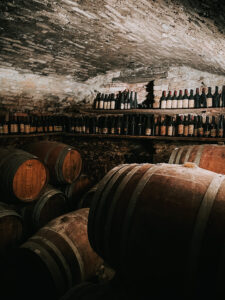
Over time, Barolo gained recognition beyond the borders of Piedmont. It received accolades at international exhibitions, and its reputation continued to grow. In 1934, Barolo became one of the first Italian wines to receive the prestigious DOC (Denominazione di Origine Controllata) status, solidifying its quality and regional identity.
The modern era witnessed further refinements in Barolo production techniques. Winemakers began embracing smaller oak barrels, known as barriques, for aging, which imparted more prominent oak flavors and accelerated the maturation process. This sparked debates and controversies within the wine community, as traditionalists emphasized the importance of preserving Barolo’s authentic character.
In the late 20th century, a shift towards more traditional winemaking methods took hold, focusing on longer maceration periods, aging in large oak casks, and allowing the wines to express the nuances of the terroir. This approach aimed to highlight the unique characteristics of the various Barolo vineyard sites, known as “cru.”
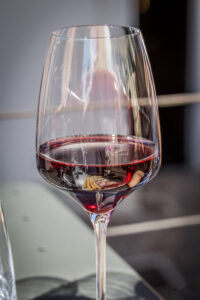 Today, Barolo continues to captivate wine enthusiasts worldwide. Its wines are renowned for their deep ruby color, complex aromas of red fruits, floral notes, tar, and spices, and firm tannic structure. Barolo is often described as a wine that requires patience, as it benefits from years, if not decades, of aging to fully reveal its remarkable potential.
Today, Barolo continues to captivate wine enthusiasts worldwide. Its wines are renowned for their deep ruby color, complex aromas of red fruits, floral notes, tar, and spices, and firm tannic structure. Barolo is often described as a wine that requires patience, as it benefits from years, if not decades, of aging to fully reveal its remarkable potential.
Barolo’s rich history and ongoing dedication to quality have earned it a place among the most celebrated and iconic wines in the world. It remains a symbol of Piedmont’s winemaking heritage and the passionate pursuit of crafting wines that embody the essence of the land and the Nebbiolo grape.
